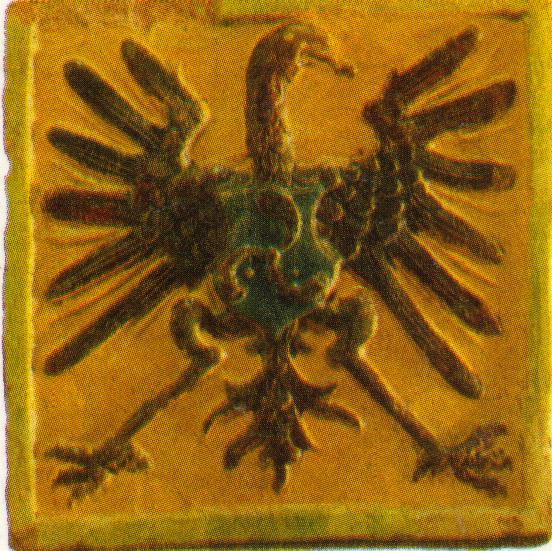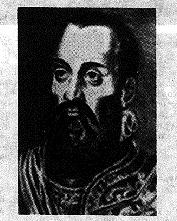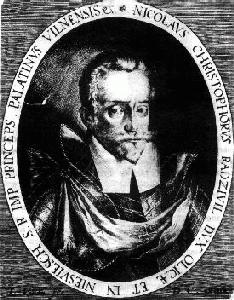 The
Radzivil family
The
Radzivil family The
Radzivil family
The
Radzivil family
 Mikalaj Radzivil Corny
Mikalaj Radzivil Corny Mikalaj Radzivil Sirotka
Mikalaj Radzivil Sirotka
References
This page is based in part on the article "The Radzivil Family" from the newspaper "Belarusian Review", 1995
Radzivils' Armory Treasures in Russian Museums - our own page by Vital Biadrycki
 |
Maintaining this page is Aliaksiej SierkaGo to Belarusan Heritage
|
 |